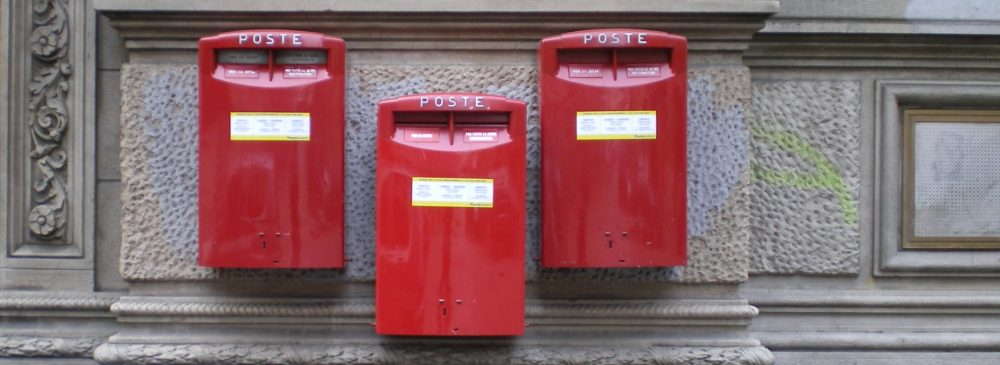
As someone who has a hard time remembering what it was like to listen to music before you could hit “shuffle” or curate a digital playlist, I’m a big fan of automated music recommendation and Internet radio service Pandora.
But that streaming service offers almost no Italian music, whether you want classic folk, pop power ballads or moody dubs in dialect.
Enter Soundtracker, launched in 2010 by two Italian entrepreneurs. Best part: it offers a lot more than just Italian music and the interface is in English.
Register for the site (it’s free) and start listening to artists you know before stone-stepping to those you don’t.
Start with Pino Daniele and you’ll soon be listening to Quintorigo, Almamegretta, 99 Posse and Bandabardo’.
Not sure how the algorithm works, but it seems a little more freewheeling than Pandora — starting with 70s melodic rocker with a social conscience Fabrizio De’ Andre station got me to an aggro hip-hop number from Caparezza in under four tracks.
You can also download it as an app for your iPhone, Windows Phone 7 and, if you’re so inclined, share your location and tracks with your friends.
Buon ascolto!



